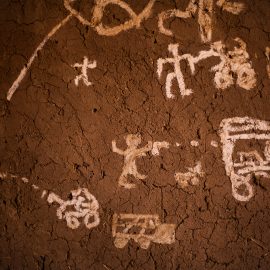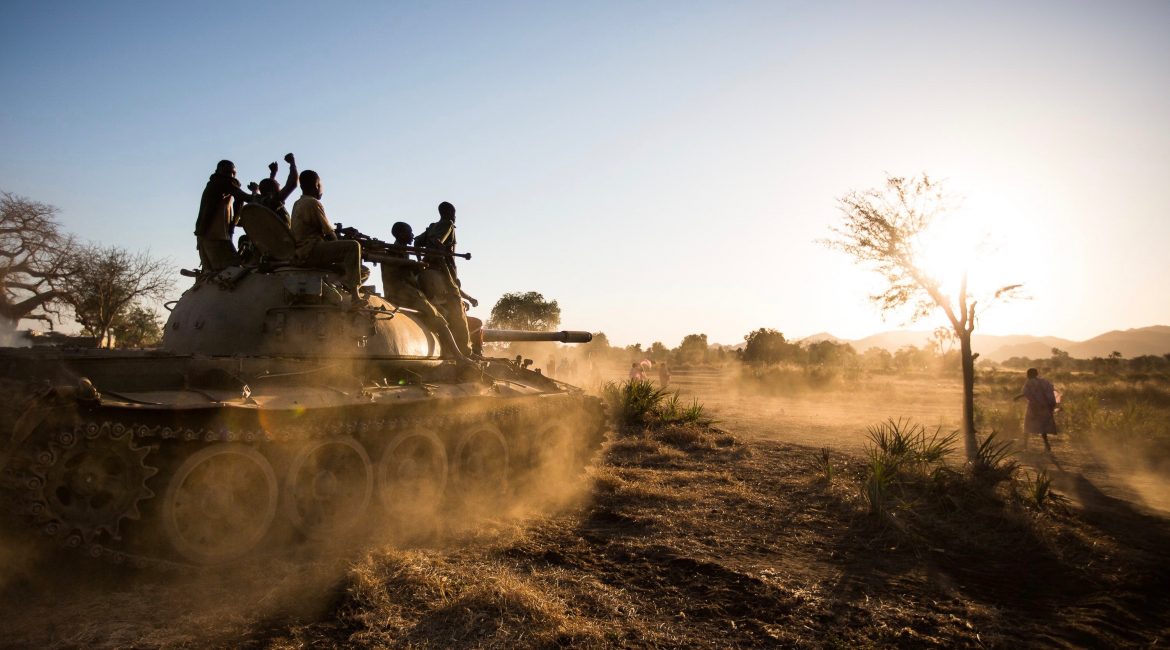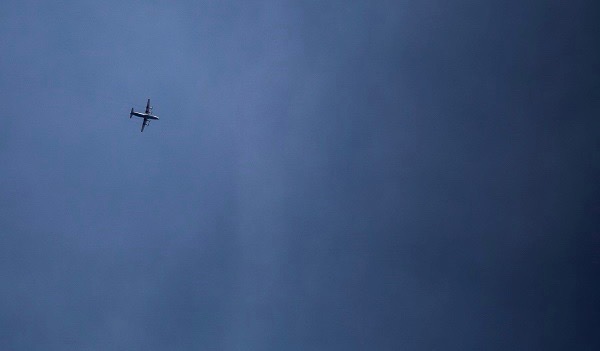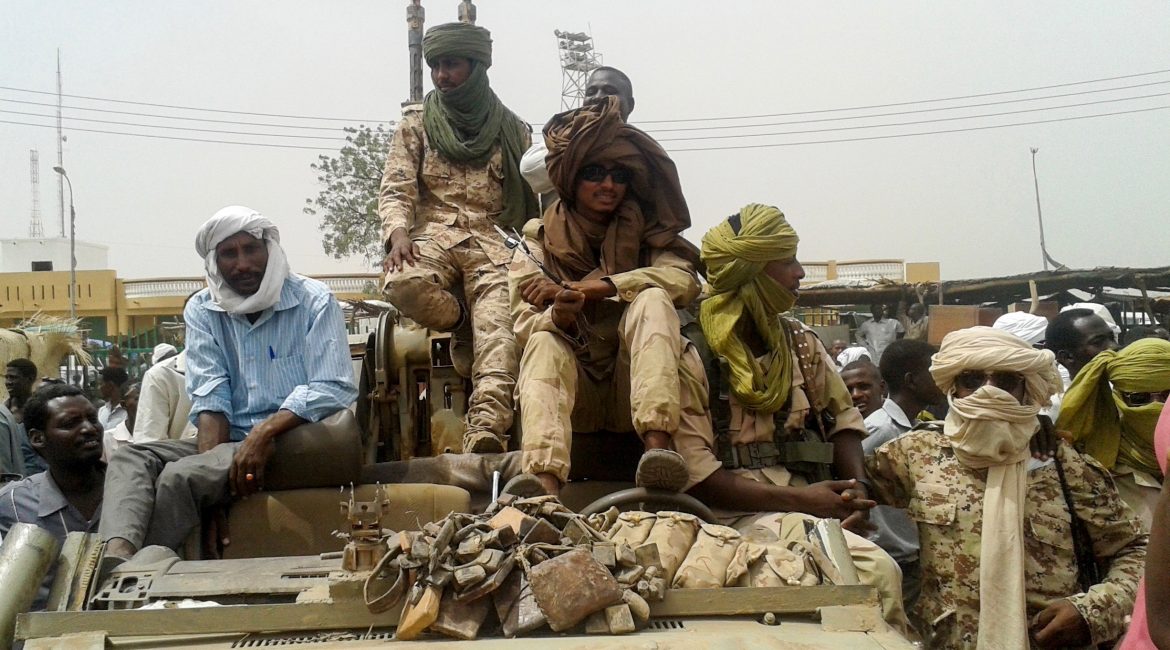The two communities – the Uduk refugee community based in Doro refugee camp and the host community in Maban – have lived completely separate lives since late 2016, according to aid workers based in the area. The Uduk refugees no longer visit the market area in Maban or use the local hospital, in a bid to stay far away from the host community, the same sources said.
Tensions were triggered after the Maban Defense Force, a local militia with suspected ties to the Khartoum government, attacked Doro refugee camp on December 24 for unclear reasons. The following day, Uduk refugees conducted an attack against the Maban community. The violence lasted three days, and an estimated 32 people were killed from both sides, according to official sources. The number of deaths, however, has been disputed with some sources claiming a higher figure. According to Doro camp coordinator Tila Musa roughly 50 refugees are still missing and unaccounted.
Although not confirmed, local sources suspect the fighting erupted after Uduk refugees killed a local militia leader in reprisal for the Maban militia previously killing an Uduk trader.
Maban, South Sudan, is home to four refugee camps, including Doro Camp, accommodating refugees who have fled the war in neighboring Blue Nile State.
The conflict between the Uduk tribe and the Maban host community started in June 2016 when three people were killed from both communities. Violence erupted again in November and more than 12 people from the host community were killed.
Tensions between the Maban host community and Blue Nile refugees have persisted since 2012, soon after refugees started fleeing the 2011 Blue Nile conflict to South Sudan. But the 2016 incidents mark the first time the Uduk ethnic community has been involved. From 2012 to 2015, sporadic conflicts, largely between the Ingassana tribe and host community, took place in three refugee camps in Maban (Kaya, Gendrassa and Yousif Batil) whereupon at least 100 people were killed.
The root cause of the conflicts between the refugees and host community remains unclear. Several sources believe the conflicts largely stem over competition for limited resources. Many from the host community, for instance, resent the fact the refugees are receiving support from aid agencies while they do not receive consistent assistance despite the fact there are roughly 15,000 Maban locals internally displaced from the South Sudan’s internal conflict, a local aid worker said.
Refugee sources and SPLM-N Spokesman Arnu Ngutulu claim Khartoum is backing a local militia in Maban – the Maban Defense Force – to incite violence between the refugees and host community.
According to the South Kordofan-Blue Nile Coordination Unit, an organization that monitors food security and displacement in the Two Areas, recent insecurity has driven around 1,600 Doro Camp refugees to return to Blue Nile, Sudan – the very place they originally fled. The returnees will add to an already high number of internally displaced in Blue Nile State. Over a quarter of Blue Nile’s population is internally displaced, according to UN data, while approximately 21 percent of the population is in refugee camps in South Sudan and Ethiopia. Those returning to Blue Nile State will have limited or no access to farmland and livelihood opportunities.





